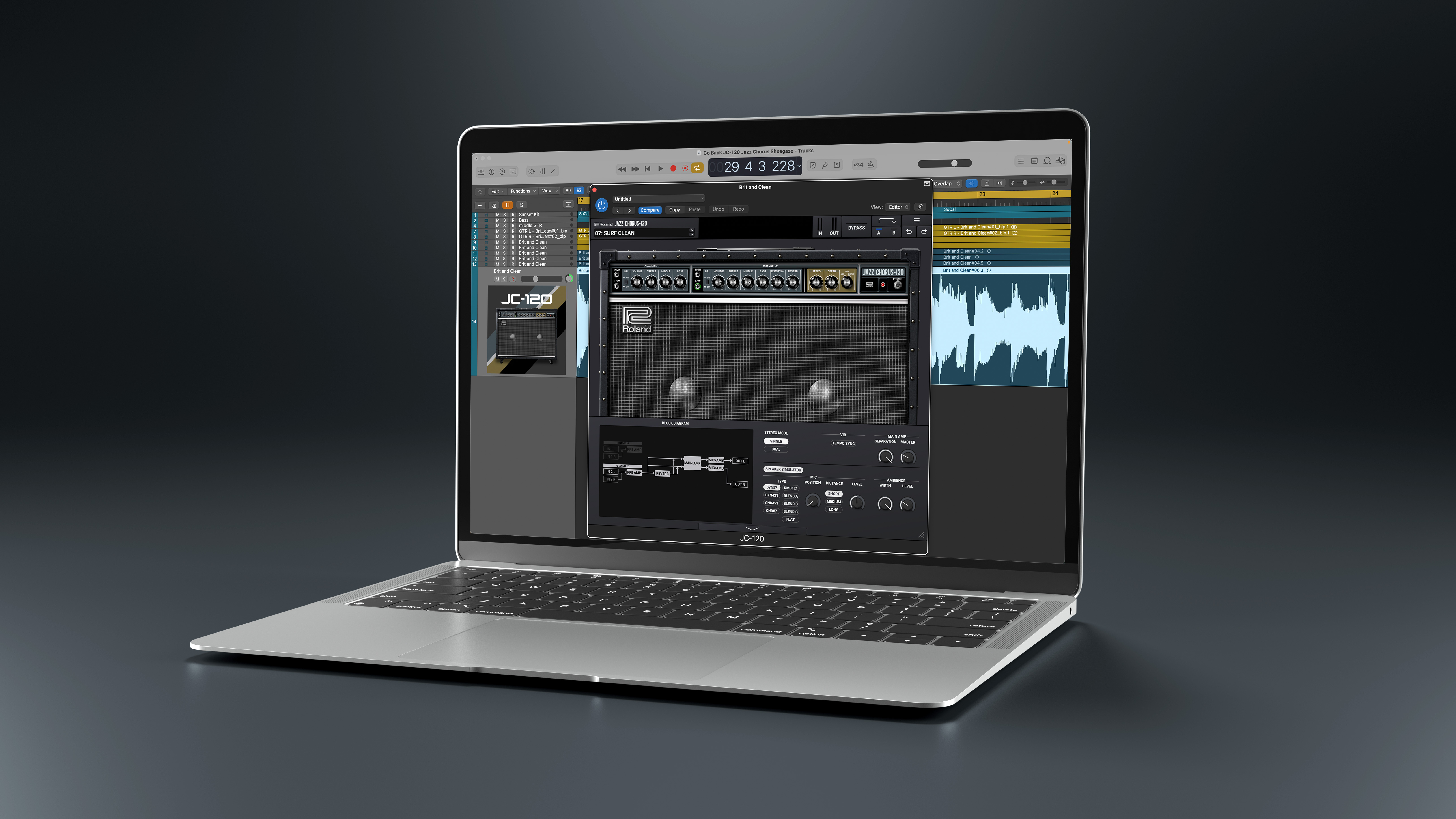“Thom was like ‘No, get rid of all of that - you’ve lost what’s good about it!’”: Mark Pritchard tells us how he and Thom Yorke made the sublime Tall Tales
The Warp Records’ heavyweight joined forces with Radiohead and the Smile’s main man to craft a bewitching document of 21st century anxieties
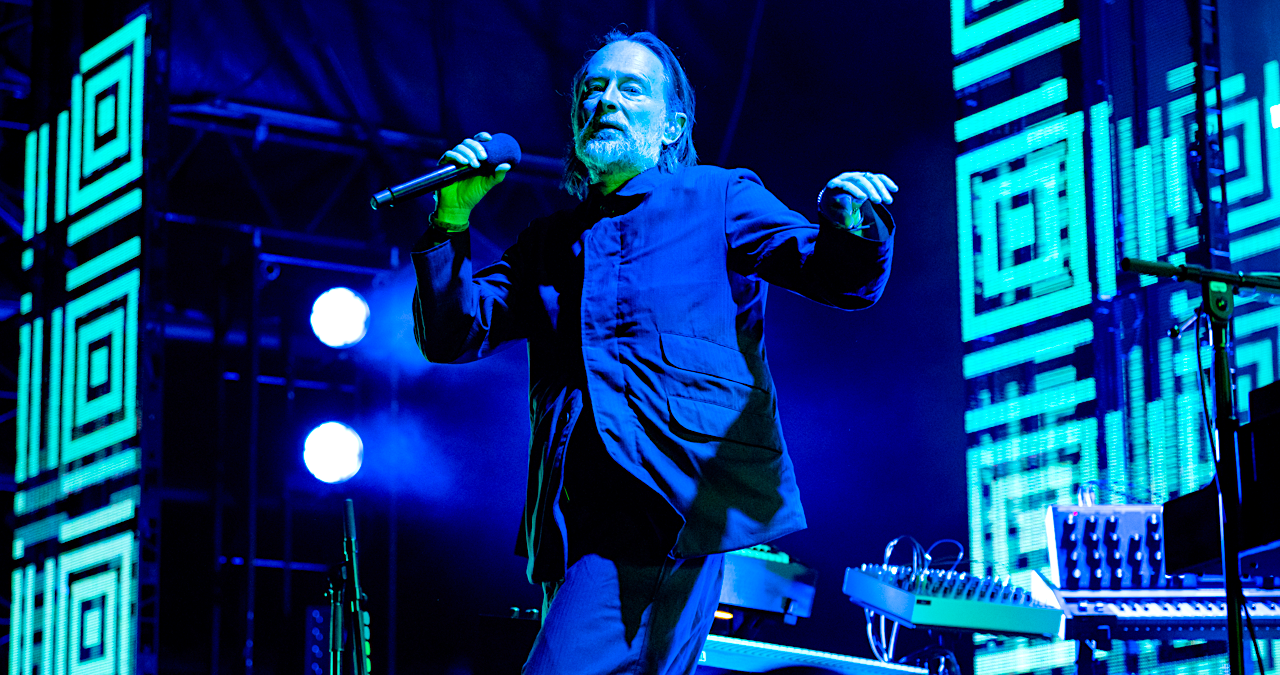
Earlier this year, we received a special invitation to an exclusive - and very secret - premiere of a new collaboration between Radiohead and the Smile vocalist Thom Yorke, electronic music polymath Mark Pritchard and idiosyncratic film director Jonathan Zawada. Needless to say, we were curious, and more than a little excited, to hear the results of this merger of distinctive talents.
Within a small cinema in the East End of London, we settled in for the unveiling of Tall Tales.
It was an experience that was at times profound, thought-provoking, emotionally stirring and musically captivating.
After initially working together during some remixes of Radiohead’s 2011 King of Limbs opener Bloom, Pritchard and Thom later united more whole-heartedly on the former’s Under the Sun album, with the divine single Beautiful People.
But Tall Tales - released on May 9th - marks the first full-length musical collaboration between the pair. And, interestingly, the first full Thom Yorke release on Warp - A label that has long held influence over Radiohead’s chief creative strategist.
Zawada's film does much to visually express the album’s dense themes - namely the tension between artifice, humanity, self-expression and isolation, AI and ownership. Prevailing conversation points right now.
The record is also a refreshingly diverse listening experience. Harnessing an assortment of vintage drum machines and legacy synths, Pritchard’s sonics marry with Yorke’s (often heavily treated) vocals to create some really exquisite combinations.
But this isn't an album of entirely fluid sonic excursions, it's also rife with genuinely great songs.
We might even go as far as to say they’re the finest that Yorke has put his name to since Radiohead’s A Moon Shaped Pool back in 2016. Namely, there’s the resolute The Spirit, the sorrowful lament of Bugging Out Again and the graceful, harmonium-throb of The Men Who Dance in Stags' Heads. Just three standouts across the record’s twelve-track journey.
Needless to say, we're fans.
Recent singles, Back in the Game, This Conversation is Missing Your Voice and the recently dropped Gangsters have given just a taste of what is to come…
Get the MusicRadar Newsletter
Want all the hottest music and gear news, reviews, deals, features and more, direct to your inbox? Sign up here.
Ahead of the album's release next month, we spoke to Mark Pritchard to learn more about the project’s origins, working with Thom at a distance (the record was assembled mainly during lockdown) and many of the technical challenges that crafting an album of this ambition threw up.
MusicRadar: Thanks for speaking to us Mark. Firstly can you give us a bit of background on how you first started working with Thom, and when the idea to make Tall Tales happened?
Mark Pritchard: “In 2019 I was thinking about what to do next album-wise. I’d been writing stuff and then the 2020 pandemic hit.
“Around about April of that year, Thom emailed just as a hello really, asking if I was alright. He told me he was locked down at home and sort of said ‘have you got any music?’ He needed things to do!
“I thought about it for a little bit, and [after a bit of back-and-forth] I sent him everything that I was currently working on. I was interested in writing for Thom specifically - but I wasn’t actually quite in that headspace at that moment in time.
“After a couple of days of trying to work out if I had anything suitable [for him], I thought ‘I’ll just send him a load of stuff’. I write every day, and had accumulated loads of ideas.
“So, I sent him 20 demos - all in varying states. Some were fairly complete but not mixed. Some were just a cool beat with a bass or a bit of a pad.
“He got back to me straight away saying he wanted to work on Happy Days first. A couple of days later he got back again and said ‘I want to try these 14 tracks. I said ‘Whatever you want to do. Just try it out’.
“[At that point] he was working on the first Smile album, which he also had to do remotely. He said once he’d gotten through that period, he’d turn to these tracks.
“It was later in the year - August or September time - when he said ‘next week I’m going to send you sketches - two or three a day’. I guess he must have got some free time to try out ideas.
“Some of them were just him trying to find a vocal melody and where he could fit amongst the song. Some had lyrics, some had part-lyrics.
“Thom said that sometimes lyrics are the hard bit for him - they’re the work.
“The first three he sent were really strong - Among them were early versions of (album opener) ‘A Fake in a Faker’s World and The Men Who Dance with Stags' Heads. Then we started having Zoom meetings about it.
“I soon realised this was going to be more than an EP, this could be an album. So we decided to work on it and see where it all goes.”
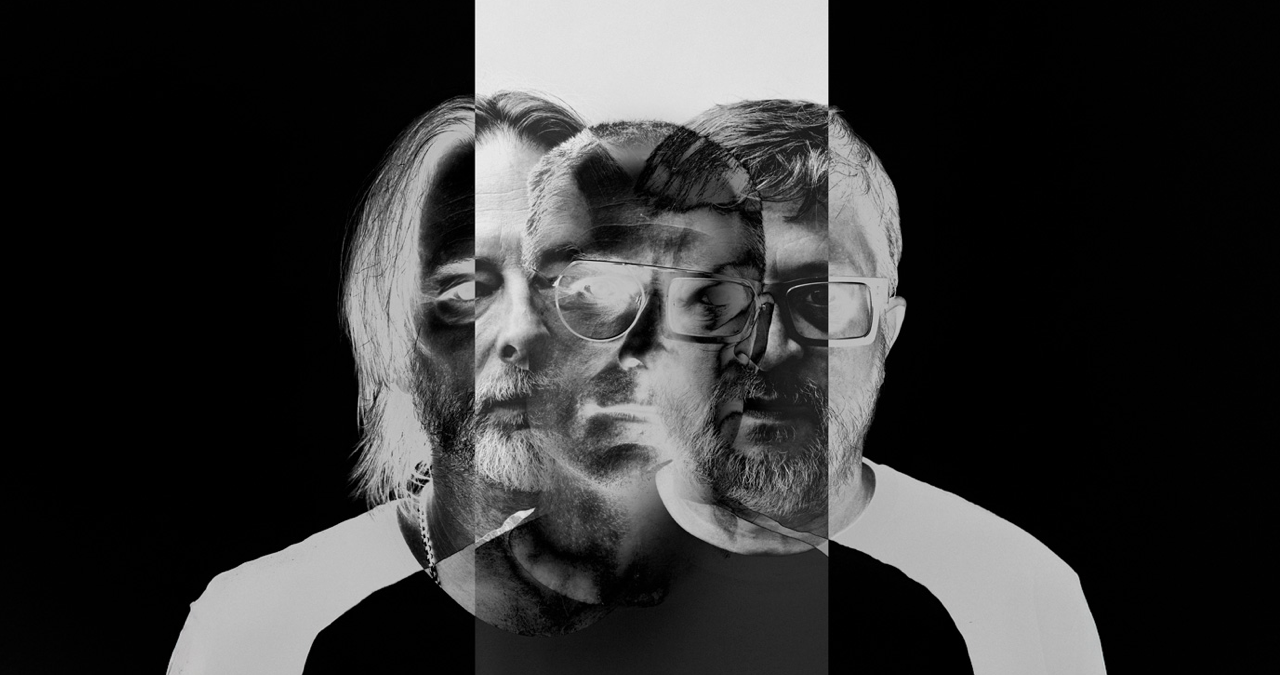
MR: Were you surprised by any of Thom’s choices? And were you excited at the prospect of making a full record with him?
MP: “I had no idea what he’d choose or like - I thought he might like a couple and we might do an EP.
“But I was excited that it became a full project. It was also good to have something in that period to focus on. It was a good two-year period of lockdown and uncertainty.
“Four or five of the tracks needed to be pushed around a bit. I was changing things - taking things out. Thom might have come up with a new approach, so I was reacting to that.
“But there were certain tracks where we both knew that it was going to work from the get-go.”
MR: On the album there’s the more expansive, sonically dense tracks - White Cliffs for example, and then there's things like The Spirit and This Conversation is Missing Your Voice, which feel a bit tighter, and more 'conventional'. How did you decide what idea would be shaped in which way?
MP: “Well. The Spirit was one of the bigger challenges. It started out faster and had some different drums in it that were built out of a preset Latin rhythm from an old drum machine. It had more melodies and hooks.
“Thom sometimes wanted to take things out to leave room to work within. He took those drums out of the first version of The Spirit and added his own beat to work with. He sang to that.
“But then those drums didn’t really work. I thought about what drums I could put in but then I had a gut feeling that it’d be a lot better without drums.
“I pitched it down one note which slowed it down slightly. By putting it down one it helped with the key. It was definitely difficult for him to sing it, but pitching it down put it in a better range. It was all about delivering that vocal performance on that one really. The mission was how can we make it work without any drums.
“I put a live bass on it - which my friend Josh played. There is some very subtle percussion. Thom had got the vocal by then, so I knew what I was dealing with there. It was all about feeling the tension, and keeping things minimal.
“The Spirit’s chords were very obvious - which was what Thom liked about it.
“I had to resist the temptation to try and make it more musically interesting. At one point I added more interesting chords to make it more unusual. I thought Thom would sing minor over major, but he was going with the feel of the chords.
“Thom was like ‘no, get rid of all of that, you’ve lost what’s good about it!’ So, I switched it back to how it was.
“Thom adjusted the lyric and made it first person perspective on the lyric. Then it was just about him delivering that vocal.
“I thought, ‘this is nuts’. But I need to protect that vibe. Things like that evolved over time.
“White Cliffs had a different bass in it which was quite dominant. It was almost kind of blues-style bass. It was a big part of the song and filled in a lot.
“When [Thom] first removed that, it it took some getting used to. I’d had that demo for maybe five to ten years. I could see why he wanted it out - it gave him more room melodically to do what he wanted.
“I realised it needed some bass in it. I tried a few things, then found that it needed the feeling of low-end without it being a traditional bassline. Stuff like that was happening.”
MR: When you mentioned the ‘feeling of low-end without it being a traditional bassline’ I was reminded of that tuba-like bass-part on (the album’s first single) Back in the Game - was that a similar mindset?
MP: "I noticed a few people comparing that sound to a tuba [when we put it out as a single]. I was like ‘what?’ It's actually a synth. I think it’s the register that synth is in and how it’s played."
"The track Happy Days had this weird marching band thing going on. I was working with Bibio a few years back. I remember spending a few weeks at his where we started a few ideas. He had this vintage Maestro drum machine [which we got that beat from]. When we got to that rhythm I asked him to record it in - I loved it.
"I had other versions of that drum machine pattern, but if you use the real thing they drift and things don’t stay in time.
“He tried something over it and it was kind of cool, but when I got back I put all that stuff over it. One of my friends said it sounded like a Salvation Army band march - so I added clarinets.
“With those old drum machines, my approach is to pick a pattern that is potentially cheesy or kind of sounds terrible, but if you get it at the right tempo with the right effects can become quite interesting. It’s a way of forcing me to do something I wouldn’t normally do.
“It was the same with This Conversation Is Missing Your Voice, it’s almost like an 80s-style pattern.
“I’d never do that typically - I’d try and program it a bit ‘off’. It’s good to have some limitations. Those pre-80s drum machines are quite harsh, the kick drums are quite lumpy. They’re not punchy, they’re just like a big load of low-end that’s not defined.
“The hats are usually just a white noise generator, and the snare is typically a sine wave with a bit of white noise. The challenge of getting them to sound good - adding some weird flange or putting them through a speaker in a room is an enjoyable challenge. I’ve been doing that for quite a while.”

MR: Another major facet of the record - and I imagine a creative challenge - is the various forms that Thom’s vocals take throughout the record. They're morphed, phased, filtered and contorted in all kinds of weird ways. How tricky was it to get those to fit in the developing mixes?
MP: “Actually a lot of that came from him. He was trying to find a place where his voice fit that didn’t take up too much room. It needed to fit sonically in with the sounds that were already there. I guess he instinctively went for singing the vocals in then putting them through his own modular system, or a pedal of various effects. He was doing a lot of that anyway.
“Because it’s all quite lo-fi, sometimes the contrast would be that it’s done on a different mic that’s slightly better - more high fidelity. But sometimes he’s using a cheap, handheld mic. I think he likes holding the mic and not being static when delivering the vocal.
“He was instinctively choosing that stuff, but there was certain tracks where I felt like I wanted to mess around with the vocals.
“On the track Bugging Out Again, I felt the vocal was a bit closed-in. I always wanted to try a vocal through a Leslie speaker. And a friend of mine had a few Leslies so I just decided to do that one [through] that, as it would give it a different dimension.
“So, I send out the vocal through the Leslies and I’m mic’ing it up in a room. Straight away it had a totally different quality.
“I didn’t have to do lots of that - it was more [cleaning-up] a lot of the time.
“If you’re singing close-mic and then you’re effecting that audio live then you’re adding a whole heap of other potential issues. The vocals had their quirks and harmonic weird-ness. I had to handle that, as well as the old gear. A lot of my work was trying to painstakingly EQ-notch to keep the vibe of what’s there, but balance it. Overblown harmonics take up a lot of room!
“Thom said that on Happy Days he didn’t want his vocal to overpower the track, but I liked what he’d done [vocally] - so I had to find that balance and make space in the vocal.”
MR: That must have been harder for the more abstract pieces - such as the erratic radio-dial-being-turned vocal cascade on the title track - how did that idea come about?
MP: “Thom wanted a spoken word piece for the title track. The first layer was him using his own voice and then manipulating it. He just kind of deconstructed his voice with a plugin. Then I think he just used computer voices to add various other characters. There’s Italian, there’s female and male layers which he got by just using computer voices to layer those up.
“He said wanted waves of noise and chatter coming in. Getting more and more intense. My mission was how do I get those computer voices to sound not as nasty as they do!
“At one point I thought about a couple of different ideas I thought maybe we get some voice actors to re-say these things, then I can manipulate them to sound less human.
“There’s some pieces by Delia Derbyshire and Barry Bermange that I always loved, where they go on the street and interview people about various topics. I thought it’d be nice to do something like that. But then I realised that the voices we had do what they needed to do. They build up tension and noise. I just needed to find a way to make them sound nicer.
“I just started layering-in some white noise and machine noise. I automated it to appear in-between the words. Very subtle layering. Eventually I realised it was getting there. So, lots of trial and error."
MR: With this kind of work, and being so boundless in terms of what’s possible, how did you guys know when a track was finished?
MP: “It’s very hard to negotiate with. Warp Records know that I’m not fast. They often ask ‘how long do you think it’ll take?’
"The worry is I’ll keep going on forever. I always say to them that I know when it’s done - or it’s as good as I can get it.
“It was a long process though. It does start worrying you sometimes.
“When I know it’s close, I leave it for a bit usually. I need to get some space from it. I get to 90% completed and then I leave it. It might be kind of done - but there’s just a couple of things I make notes on.
"It’s nice when you start putting a few down for good. It feels less like an overbearing mountain to climb. I’ve got my process. My previous album, Under The Sun took a long time - but this was a far more difficult thing to do.
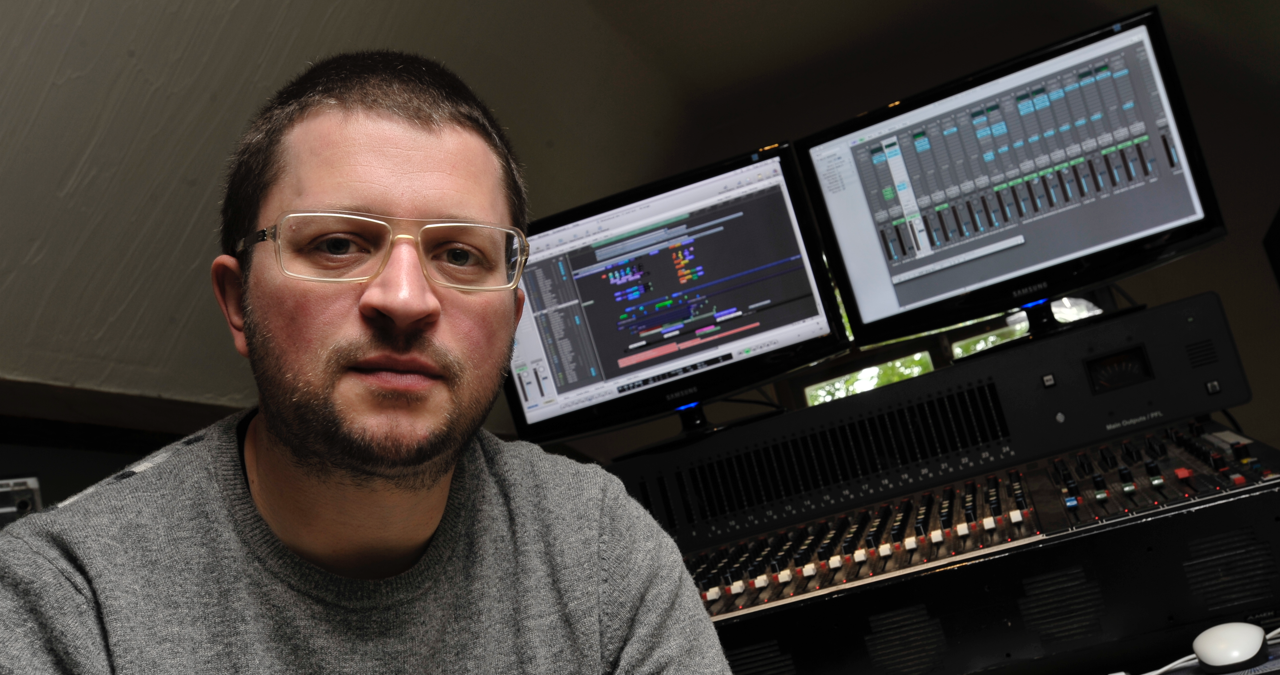
MR: And I guess you had the extra aspect of this being a long-distance collaboration with Thom. Did you guys ever get together in the flesh?
MP: “No - it was all done remotely.
"I’m based in Australia, and we couldn’t leave for a couple of years. A few people have asked if I think it might have changed the final album if we’d met up. I think it would have been nicer and more enjoyable maybe. But I don’t think it was really detrimental to the record at all.”
MR: There’s also, of course, Jonathan Zawada’s incredible film. At what point did Jonathan get involved?
MP: “I’d been communicating with him from the outset. I think I sent him the instrumentals.
“Once the demos came in I sent him all of them. So he was there from the beginning. He worked away on it straight away. I looked back near the end just at the Miro Board (which is kind of like a mood board) that he set-up at the start of the process. I looked back at the original brain dump which was just some images and references from other places. And it was pretty much fully formed.
“His initial reaction [is still] in there - and some things evolved. The Tall Tales clip was probably done early, which features a lighthouse. A Fake in a Faker’s World was done quite early. That was a difficult one to do as it was a long track so he had to keep it visually interesting
“He’s always used new technologies, and he was using a bit of AI to generate some of the visuals. He had a whole journey with [AI] himself. He said to me that new technology is always a worry, but he felt that he could beat it, with the skills he’d learned.
“AI did get him down a little though - he said ‘I don’t know if I can beat this, this is going to take everyone’s jobs’. Then there were parts of it where [AI] unlocked something interesting. Some things you could never do without a sizeable budget.
"On the track Ice Shelf for example, there’s a porthole as one of the central visuals. Jonathan found someone on YouTube that had filmed on boats and ships - setting a camera up when at sea. He contacted the guy and asked if we could license the footage for use. There was some footage of a porthole in there, but Jonathan wanted it to be right in the middle [of the image], so he realised he needed to build out the right side to achieve that. He used AI to do it.
“With the A Fake in a Faker’s World video - AI is used to generate the background, but Jonathan made the robots painting the picture [in 3D]. There seemed to be a nice contrast between this clean CGI and this imperfect AI.
“Over those few years the [AI image generating software making the background] updated - and there was no way of rolling back. [Jonathan] preferred the older AI version with its various glitches and mistakes compared to the newer, more refined (and updated) one.
“As the visuals evolved - themes like forgery and the worth of art became a sort of [visual] tension that was interesting.”
MR: It’s interesting to see AI deployed in such an interesting way - as part of a overarching commentary on the impact of itself
MP: “We discussed it at length - there were some legitimate arguments for not using AI at all. But then it felt like this is about that anyway.
“But people have very basic views on these things - but it’s complicated. The whole thing is about the world being complicated really. People now just take a position; ‘AI bad’.
“But there’s good arguments for using it. To make a feature film, we didn’t have a budget. We had Jonathan - one guy on his own, licensing some footage.
“It’s the same argument we had when making the video for This Conversation is Missing Your Voice.
"We wanted to get a Go-Pro, go to some postal offices, stick it on a box and film it. But then there was something really nice that it was existing footage from the real world already.
“[That was similar with] the Happy Days video. Jonathan licensed the footage from Manchester University, from some archive redevelopment footage.
“Back in the Game’s first video didn’t work. So Jonathan decided to not involve anybody else, and then he just made that clip - and problem-solved how to do it. He’s very good at problem-solving, as well as creating art!
“When he was doing it back then, All the [AI] stuff was open-source, he had to code in exactly what he wanted. It wasn’t a text prompt. Then he’d manipulate that further.
“It’s not easy to make something interesting with AI - otherwise there’d be loads of amazing AI content.
“When Back in the Game went out people assumed the characters were AI, but they weren’t. Jonathan designed those. He made them individually and animated them. It took him ages.
“One big problem people have with AI is that it’s taking people’s work and spitting it out, and they’re not getting paid. It’s been an issue in art and music for years.
“We made this because we wanted to make it - there’s no money in it. We’re showing the film in 50 to 100 cinemas, I spent a ridiculous amount of time working on the record with no guarantees. The reality is that it’s very difficult to make money out of music these days.”
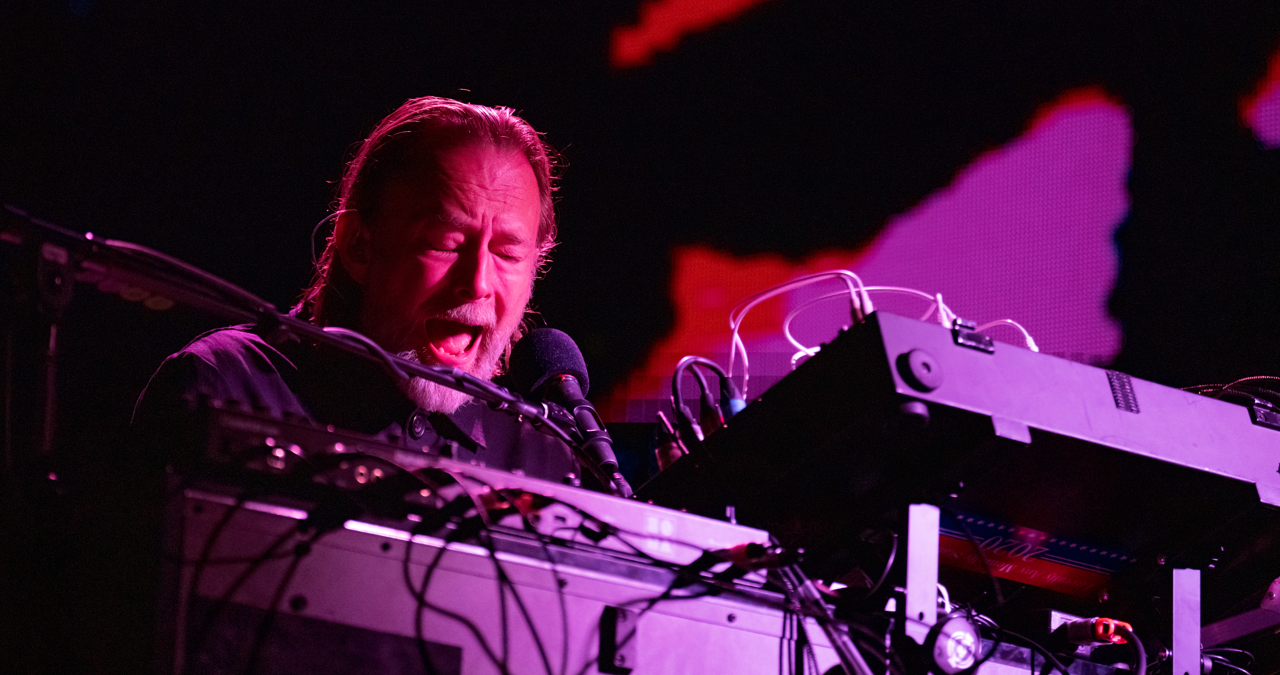
MR: Do you have a favourite track on the record?
MP: “White Cliffs I like because I think I did a really good job on the way it sounds. It was a mission but I did nail it. Getting a low-end to go underneath Thom's voice with the drums - it took ages. It sonically feels pleasing.
“Thom sings in the first half in an area I really like his voice in. His soft falsetto I love. When he sings soft it’s a purer waveform. I like the fact that he later sings in a lower register that he doesn’t do as often.
“I like that about The Men Who Dance In Stags' Heads too. He went [to that lower range] for the whole song.
“I really like Stags' Heads, - it was one of the newer ones for me. It’s something that I wanted to try and do. I’d always wanted to do something with a harmonium.
“Quite a lot of stuff was recorded in a UK studio called Vintage Keys studio - there’s loads of interesting old instruments from the 50s and 60s, valve synthesisers and a couple of harmoniums. I got him to record every note of the harmonium with close-mics and room mics, then I wrote that piece with it.
“I was going to get him to re-play it but I didn’t in the end, because it was the real thing triggered by me. It had an unusual quality about it. I still had control over the room mics.
“The Spirit is another great track, that took a while to get to work. I do move around quite a bit though.”
MR: They’re all notable highlights - I was also really moved by Bugging Out Again, it’s got a really eerie vocal.
MP: “I like that one too, it’s sad. It’s not quite as dystopian as the others. Even thought Thom’s voice is manipulated, it is more of a song. It’s a combination. It’s got some unusual lyrics.
“I need to detach myself from [the whole album] once I’m finished. I can have an almost alarming amount of detachment. I said to Thom, when we were finished it was literally ‘this is gone’ - I had no interest in it at all. It’s a weird feeling because it’s all-encompassing for a long period. I’ve done my bit though, and need some space.
“It’s tricky to gear myself up to remember it - Thom said he sometimes forgets what the songs are called - I can’t remember what some of them are called. The focus is always , what are we going to do next!”
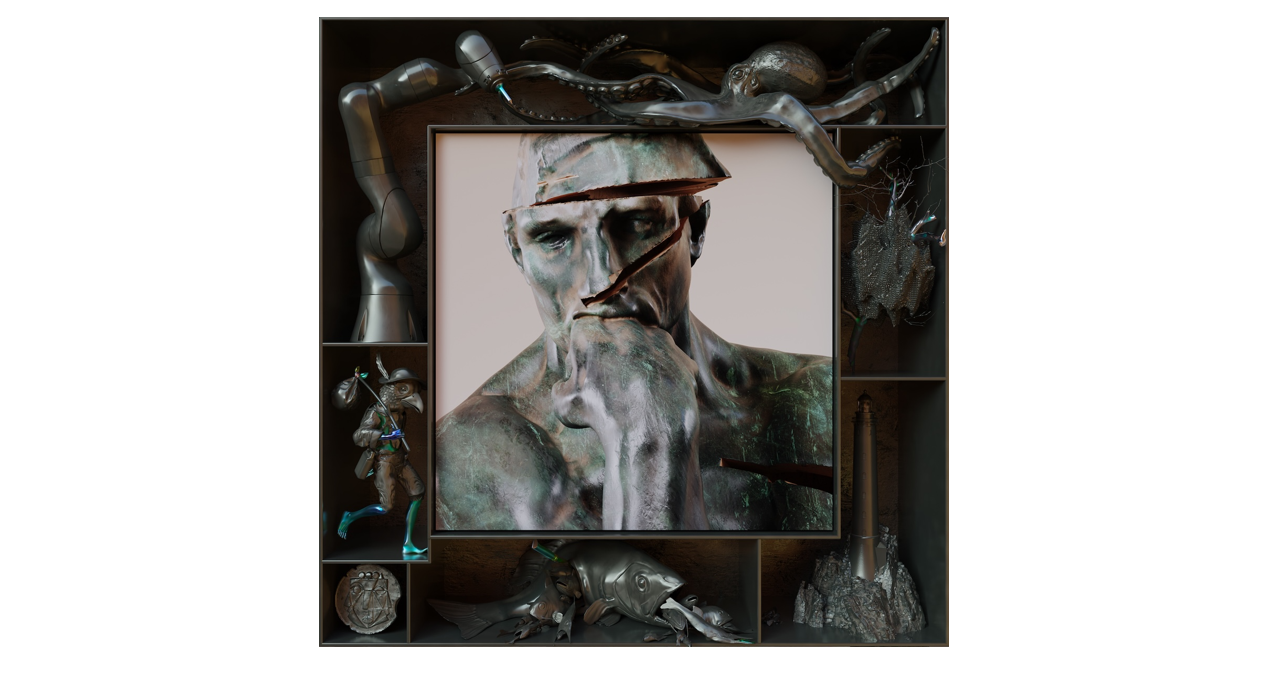
MR: That leads me to ask, then, is Tall Tales the first in possible a range of future collaboration with Thom?
MP: “In theory it could be - I guess it’d just be down to a similar thing where I just send him stuff to work on.
“But, he’s an unbelievably busy character. It’s quite astounding the amount of work that he’s doing - it almost makes me feel bad. In all the time I was working on Tall Tales he’d done a couple of Smile albums and a soundtrack. And working on whoever knows what else he’s doing…
“With a special band like Radiohead, I guess everyone’s wondering right now ‘is there going to be another [album], is there going to be a tour?’ It's the same situation - it's down to all of them, getting the timing right and getting together and feeling whether they’re excited about it.
“But really, you should let artists do what they need to do.”
Tall Tales is available on Warp Records from May 9th
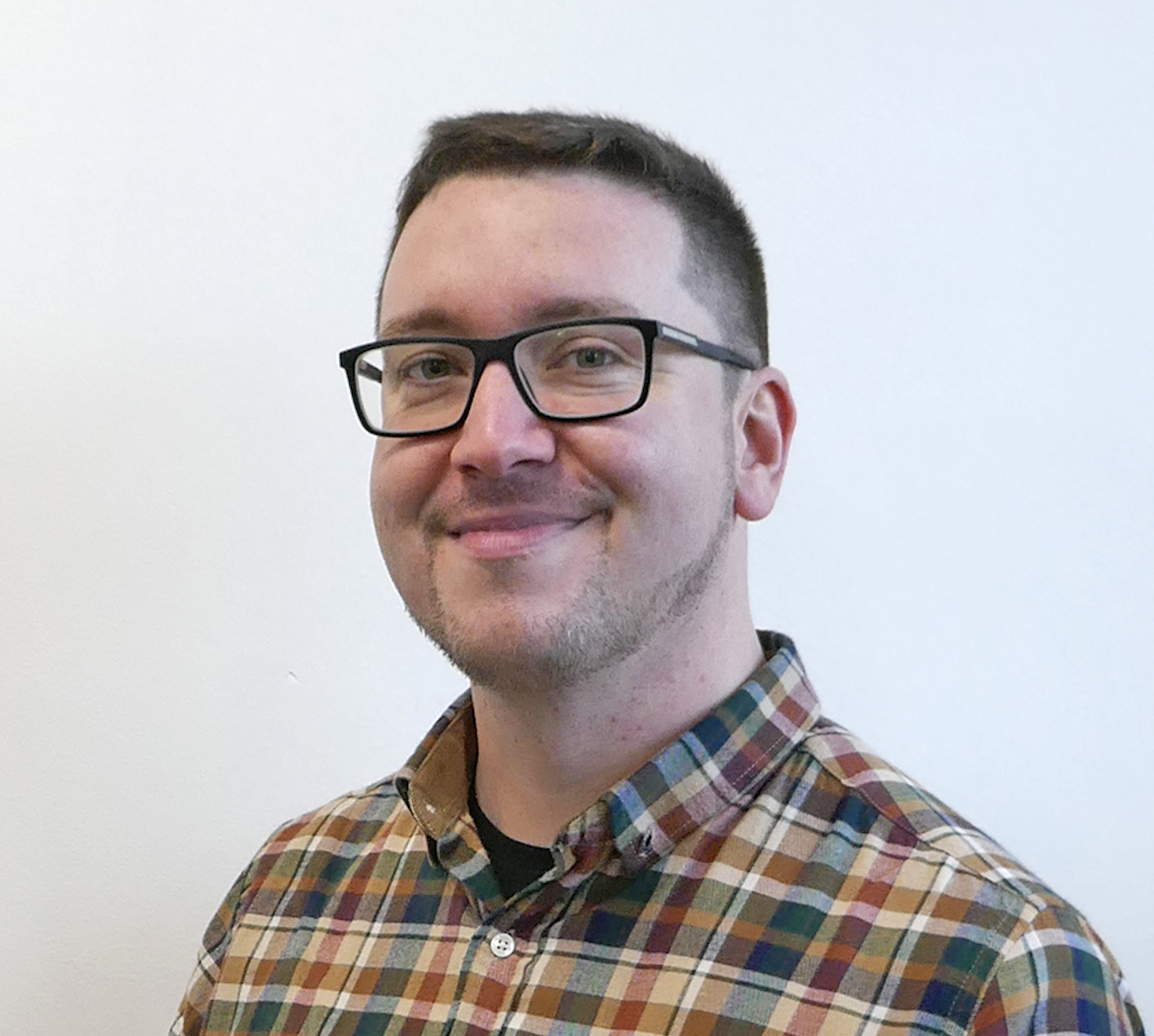
I'm the Music-Making Editor of MusicRadar, and I am keen to explore the stories that affect all music-makers - whether they're just starting or are at an advanced level. I write, commission and edit content around the wider world of music creation, as well as penning deep-dives into the essentials of production, genre and theory. As the former editor of Computer Music, I aim to bring the same knowledge and experience that underpinned that magazine to the editorial I write, but I'm very eager to engage with new and emerging writers to cover the topics that resonate with them. My career has included editing MusicTech magazine and website, consulting on SEO/editorial practice and writing about music-making and listening for titles such as NME, Classic Pop, Audio Media International, Guitar.com and Uncut. When I'm not writing about music, I'm making it. I release tracks under the name ALP.
You must confirm your public display name before commenting
Please logout and then login again, you will then be prompted to enter your display name.
![Mark Pritchard & Thom Yorke - Tall Tales (Visual Experience) [Official Trailer] - YouTube](https://img.youtube.com/vi/8mFe9znS9hI/maxresdefault.jpg)




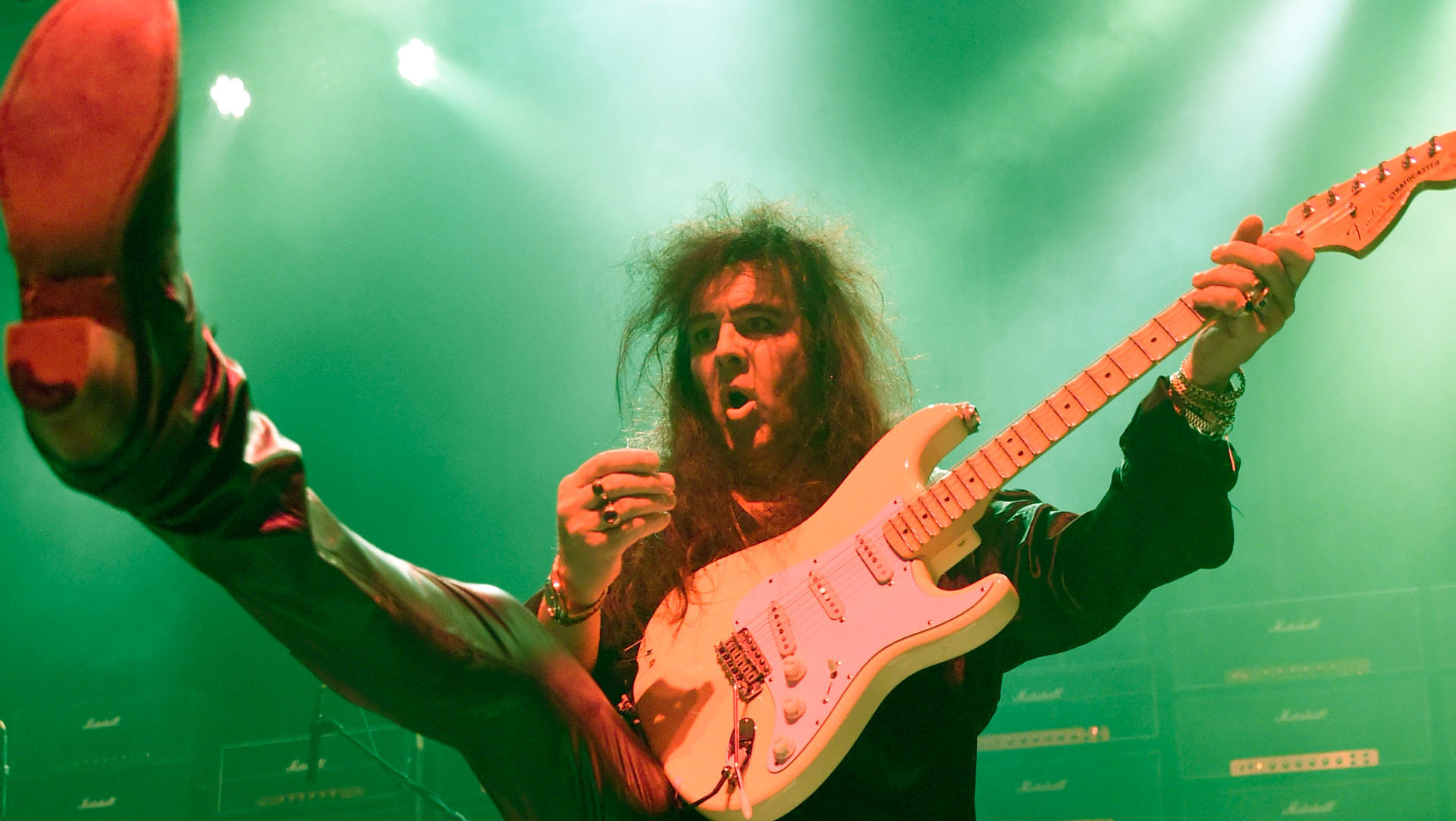
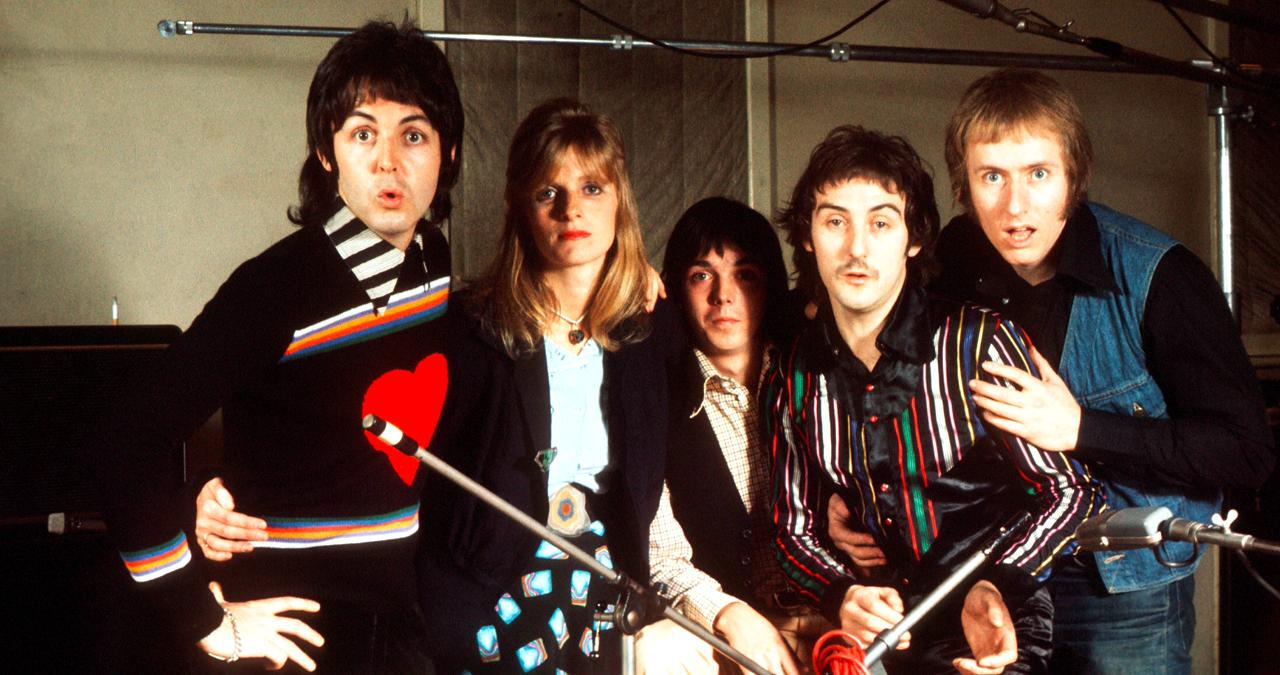
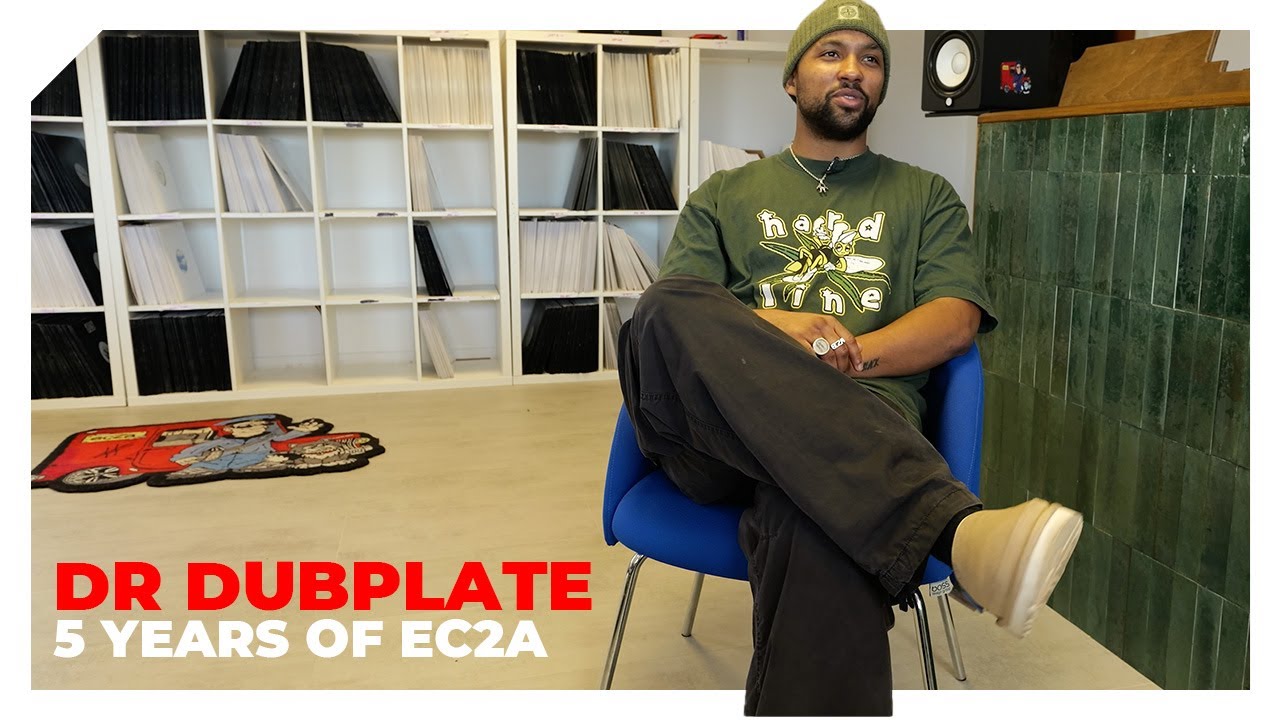
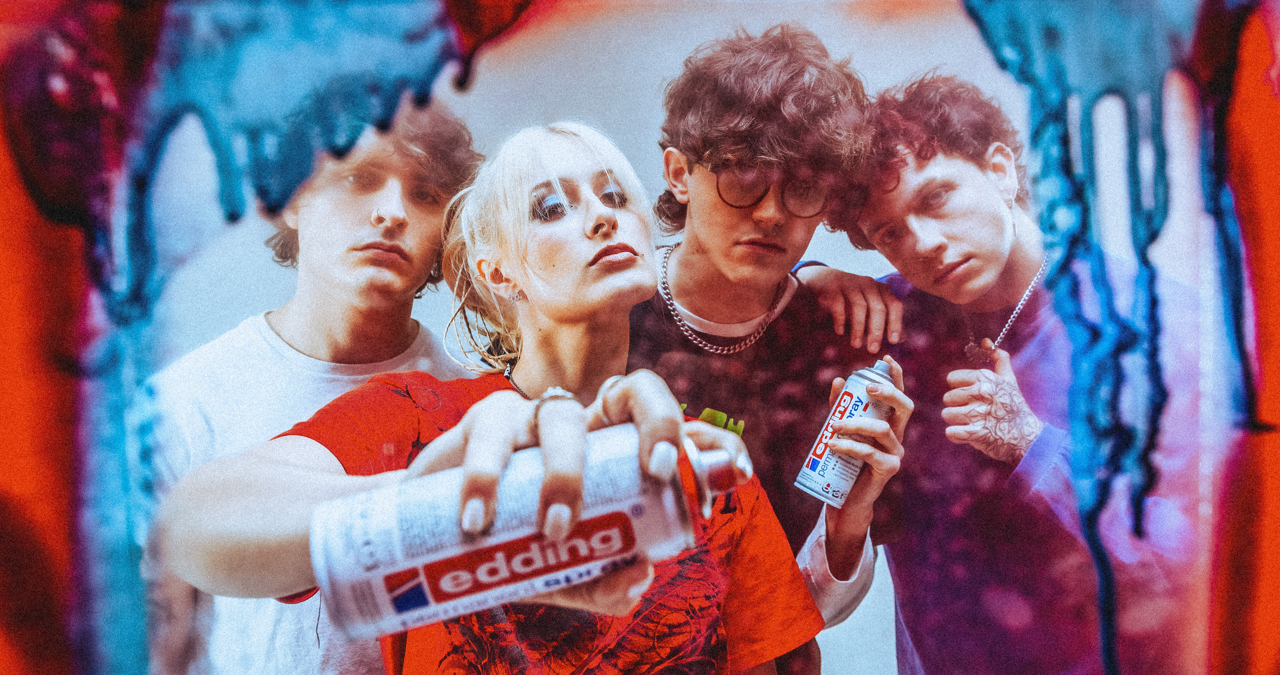
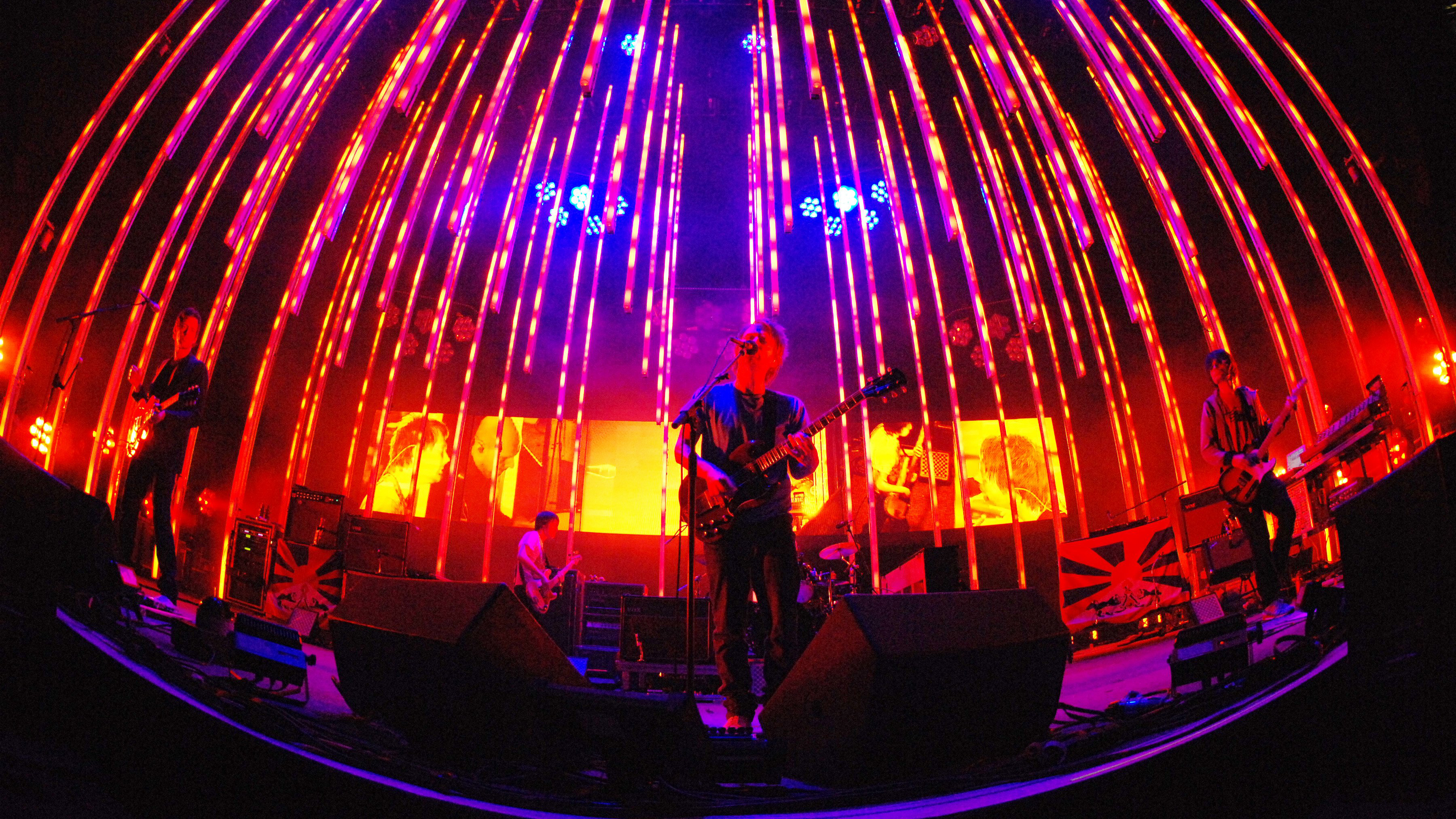
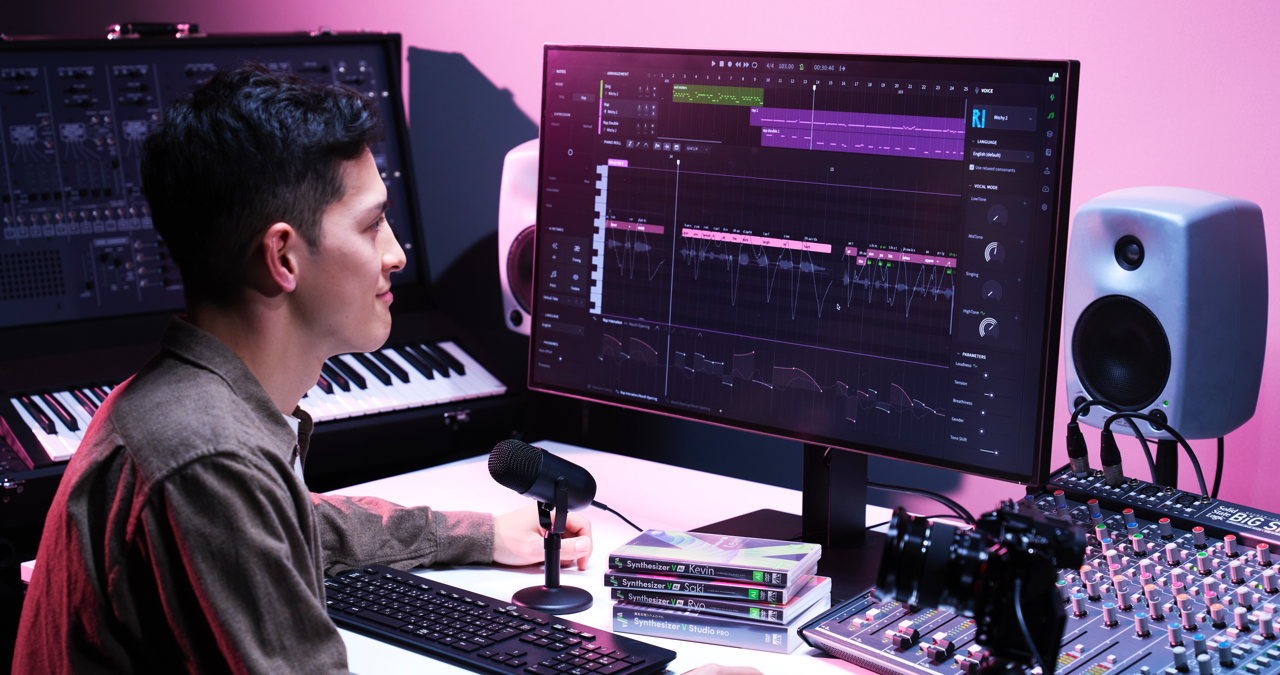
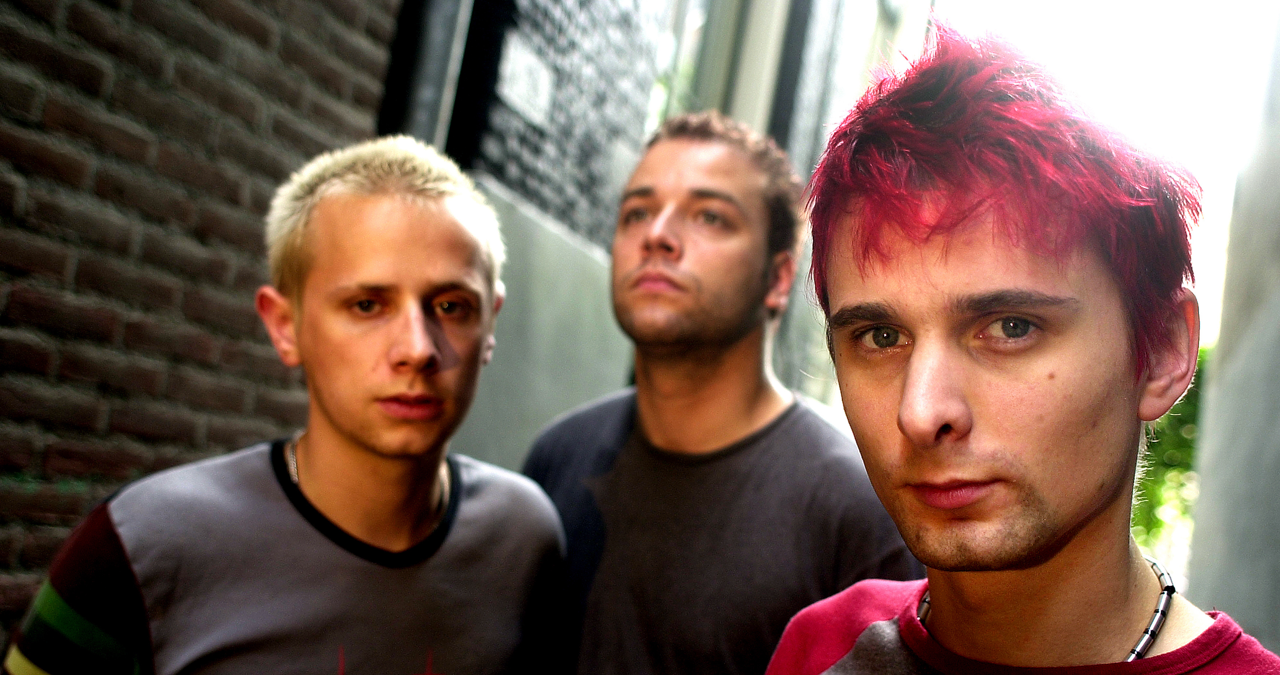
![James Hetfield [left] and Kirk Hammett harmonise solos as they perform live with Metallica in 1988. Hammett plays a Jackson Rhodes, Hetfield has his trusty white Explorer.](https://cdn.mos.cms.futurecdn.net/mpZgd7e7YSCLwb7LuqPpbi.jpg)
